It’s not only about saving money when it comes to roasting coffee at home, but that will be a big plus. Home roasting is a great way to hone your skills and learn more about your favorite beverage if you enjoy coffee.
The specialty coffee has sparked an interest in high-quality coffee for many enthusiasts. Coffee enthusiasts have never had it more uncomplicated to try new brewing methods. They also have access to a greater variety of coffees and brewing equipment than ever before.
While the typical individual may buy a variety of beans and prepare them for consumption in the comfort of their own home, some are becoming more interested in the roasting process and how it affects the final product.
Coffee Roasting Details
Read More About This Hobby| Category: Collection, Food/Drink | Time: 1-2 hrs | Skill: Some |
| Initial Cost: $$$$ (500+) | Space: lots | People: alone |
| Long-Term Cost: Low | Makes Money: Yes | Location: indoor |
Coffee Roasting History
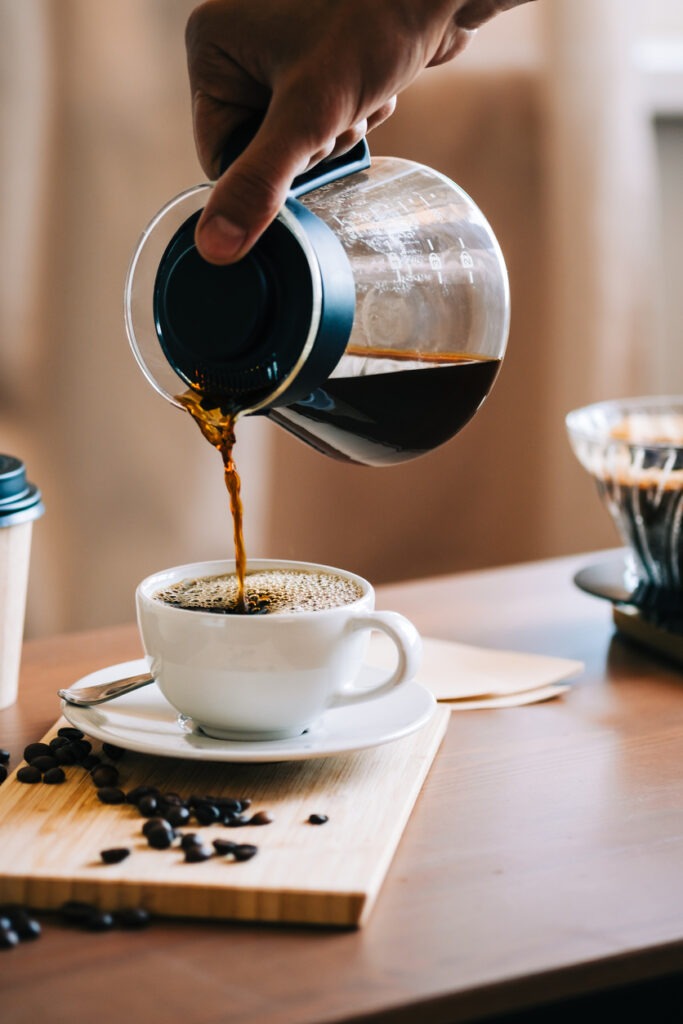
Coffee roasting at home goes back to the 1400s in Africa and the Middle East and is almost as ancient as coffee itself. The beans had to be placed on a thin, perforated pan over an open flame and rotated with a spoon to achieve equal roasting. It was time-consuming and required close attention. The cylindrical roaster replaced it in the 17th century because it provided untidy and uneven results. Beans were placed in the cylinder, then held over an open flame and turned by hand to ensure equal roasting. With the arrival of industry in the nineteenth century, commercial roasters progressively took over coffee roasting.
Why should you pursue this hobby?
- It saves money since green coffee is less expensive than roasted coffee. This may make economic sense if you drink a lot of coffee or have a sizeable coffee-drinking household.
- Freshness – While roasted coffee rapidly loses its flavor, green coffee may last up to two years, depending on its storage. Roast some when you require it.
- Roast your coffee to your preference. On Monday, you want a dark roast, and on Tuesday, you want a light roast. You may roast it in whatever way you like. You’re in charge!
- You’re a coffee lover who wants to geek out in your leisure time! Admit it, the coffee bean has piqued your interest, and you want to learn more. It’s a jigsaw you want to put together: the travel, the origin, the roasting science. Buy some green beans and roast them up, coffee pal, and you’ll have a great time while learning a lot!
- You may learn new skills once you have all the equipment and establish a terrific roasting routine.
Is it an Art or a Science?
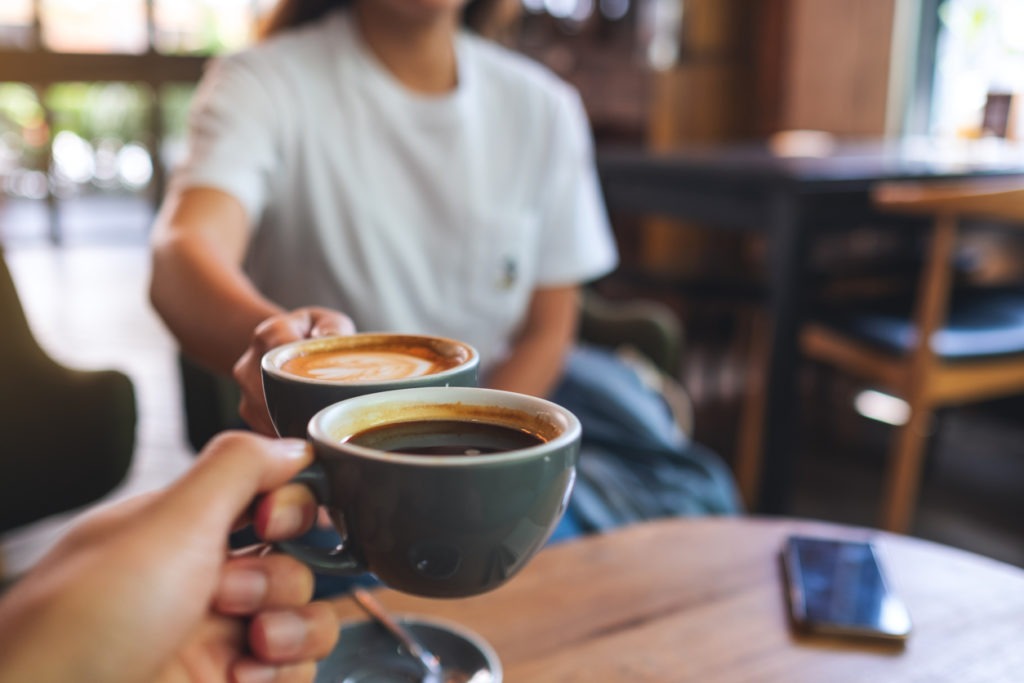
Coffee roasting is both an art and a science. Because the roasting process turns the qualities of a green coffee bean into drinking coffee, it must be done carefully. The natural taste and perfume of the green beans are released when they are roasted. Coffee would have practically little flavor if it weren’t roasted.
To become an excellent roaster with the capacity to “read” the beans and make split-second judgments requires years of training. It just takes a few seconds to tell the difference between flawlessly roasted coffee and a destroyed batch.
Light, medium-dark, and dark roasts are the most common classifications. Because of the variations in color and flavor caused by the roasting process, each one has a distinct color and flavor.
How coffee roasting works
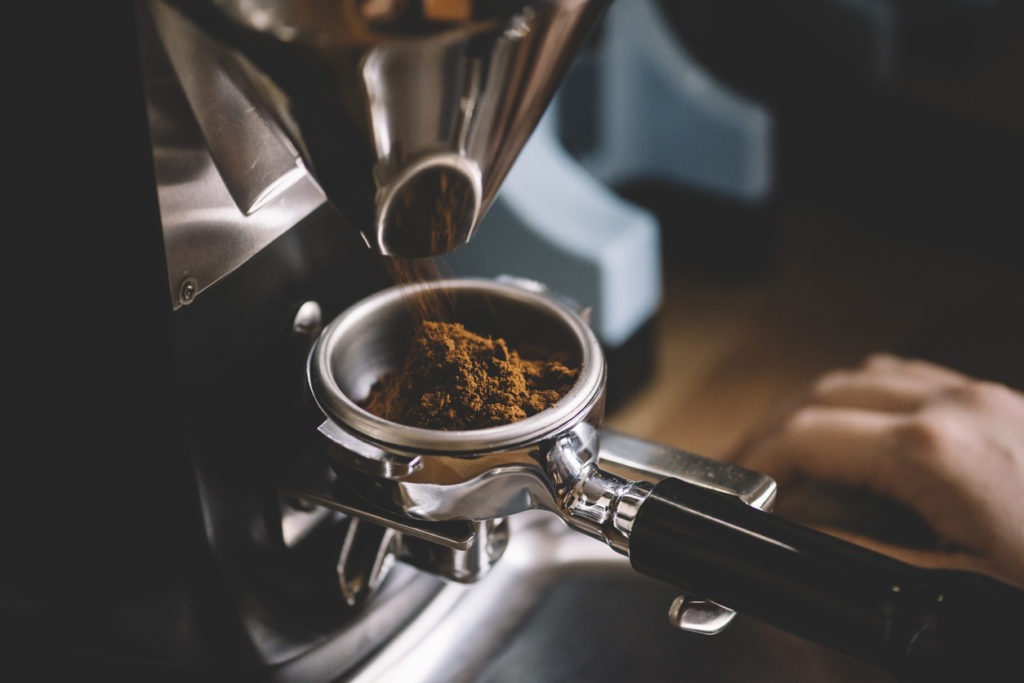
The aroma and taste trapped inside the green coffee beans are released when they are roasted. Beans are retained in a green state, which allows them to be stored without losing quality or flavor. Green beans have none of the qualities of roasted beans: they’re soft and spongy to the bite and smell grassy.
The roasting procedure alters the beverage’s taste by physically and chemically altering the coffee bean. As moisture is removed from the bean, it loses weight and expands in volume, making it less dense. The density of the bean also influences the coffee’s strength and packaging needs.
When the temperature within the bean hits around 200 °C (392 °F), the roasting process begins; however various types of beans have varying moisture and density levels and hence roast at different speeds. Caramelization happens during roasting when intense heat breaks down starches in the bean, converting them to simple sugars that brown and change the color of the bean.
Sucrose is rapidly lost during the roasting process, and in deeper roasts, it may completely vanish. Aromatic oils and acids diminish during roasting, affecting the taste; about 205 °C (401 °F), additional oils form. Caffeol, produced at around 200 °C (392 °F) and is responsible for the fragrance and flavor of coffee, is one of these oils.
Coffee Roasting Equipment
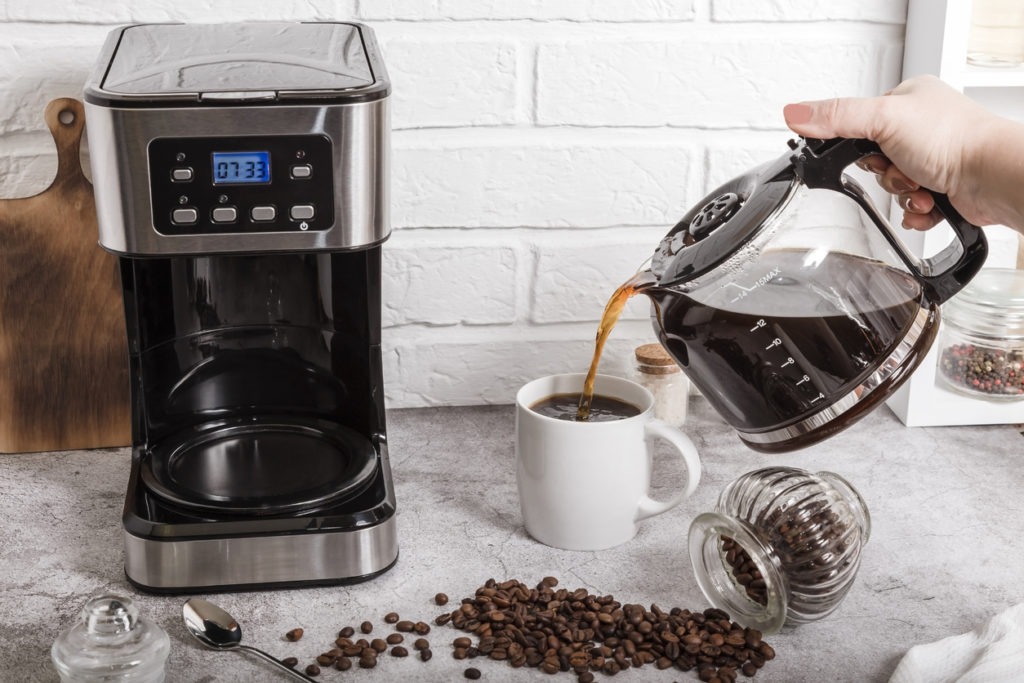
Stirring green coffee beans in a pan or wok over high heat is easy to roast them. Coffee may be burned in the oven if just one bean is placed on a perforated baking dish at a time. Because it is tough to obtain a uniform roast just by stirring, these techniques create coffee beans with various roast degrees; yet, some individuals prefer the resulting mélange roast.
Because of the lack of control with stovetop roasting, several home roasters have devised inventive ways to modify equipment used for other uses and fabricate specialized equipment. Coffee roasters created from commonly available materials include heat guns (typically used for removing paint) pointed into metal bowls, homemade steel drums suspended and spun over outdoor gas grill burners, and adapted hot-air popcorn poppers. The cheapest home roasting equipment is heat guns and adapted hot-air popcorn poppers. Home bread-making machines can also be converted to roast coffee.
A growing number of people are roasting their coffee at home. They automate the roasting process and eliminate the risks associated with utilizing equipment that isn’t built for high-temperature use. Many dedicated home roasting ovens have minimal capacity for 75–300-gram (2.6-11 oz), limited roasting control, and sluggish cooling capabilities.
How long does it take to roast a pot of beans?
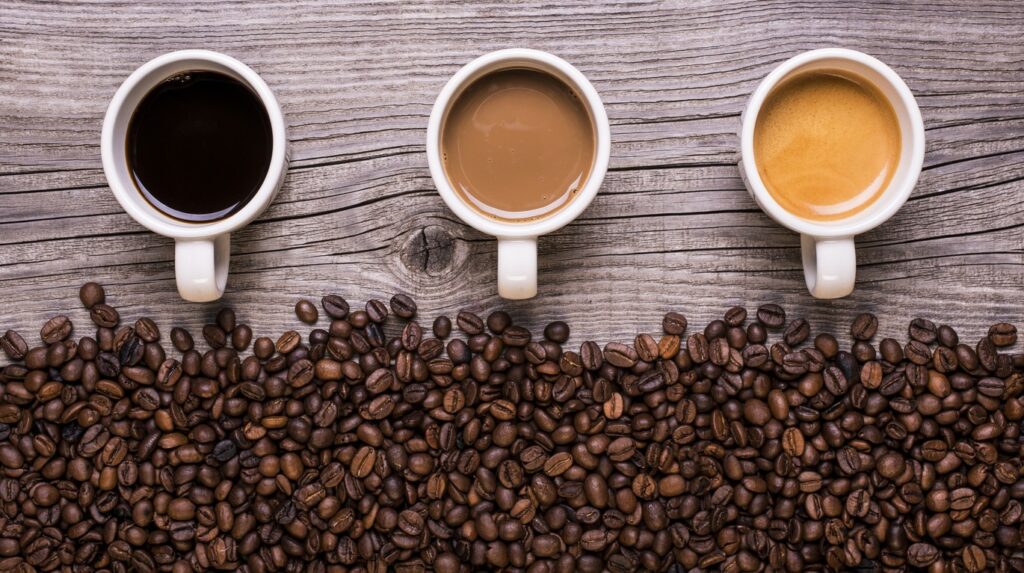
Small quantities require 10-13 minutes to roast, while big batches take 16-18 minutes to cook. Burning a final product of one or two pounds of fresh coffee might take up to 20 or 30 minutes of your time. Keep in mind that you’ll have to restart the process if you run out of coffee.
However, coffees from highly desired places (such as Hawaiian Kona and Jamaican Blue Mountain) are often roasted to a light level. Why roast it to the point that the Kona flavor is lost if you’re paying more for it? Similarly, if you have some green coffee beans that you don’t care for, a dark roast will help to mask the unpleasant flavors.
So, which roast is the best? It’s all a question of personal preference. Light roasts are preferred by some, whereas others like dark roasts. One of the best things about home coffee roasting is choosing the bean and roast level combination you want.
Some home roasters create their roasting equipment from the ground up, such as full-sized sample roasters, small commercial-style coffee roasters, or whole new roasting machinery. Others rely on off-the-shelf materials, found objects, and more straightforward construction techniques. This equipment usually offers more capacity and control over the roasting process than household roasting units.
Conclusion
Home coffee roasting is a relatively straightforward process that makes for a fun and economic pastime.
It’s all about personal taste and finding the optimum roast for you, which you can do by testing and practicing.
If you want to take your roasting to the next level, there are many materials accessible on the internet, but in the meanwhile, we hope our beginner’s guide to coffee roasting was helpful and got you started!
